Right of publicity is born out of this doctrine of law.

What is the right of privacy?
Explanation: Right of publicity developed from the right of privacy or the right to be left alone because it protects a celebrity’s ability to control their own image. However, it also has an economic character in that it protects a celebrity’s property interest in being compensated for their fame. One common rationale for this economic component is that it prevents others from freeriding on the efforts and investments of celebrities in building their celebrity image/persona.
These are the two theories of dilution.
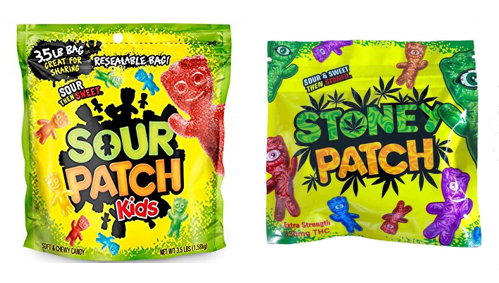
What are dilution by blurring and dilution by tarnishment?
Explanation: A dilution claim can be supported on two grounds - blurring and tarnishment. A dilution by blurring claim asserts that the association arising from the similarity between a famous mark and another mark will impair the distinctiveness (really: uniqueness) of the famous mark. A dilution by tarnishment claim rests on the idea that the association between a famous mark and another mark will harm the reputation of the famous mark.
The court in Tiffany v. eBay held that this type of knowledge was insufficient to meet the Inwood test.
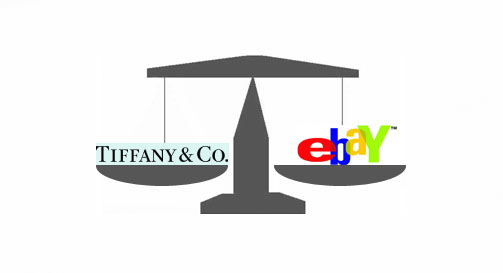
What is generalized knowledge/notice?
Explanation: The court in Tiffany v. eBay held that Inwood requires something beyond generalized knowledge (that some of their users were engaging in infringement); eBay needed to have knowledge of specific individuals / particular listings that were engaging in infringement. Later cases also held that if someone was “willfully blind” to the acts of infringement, this would also be considered sufficient knowledge under Inwood. See Omega SA v. 375 Canal.
This theory of confusion was asserted in the case Ferrari v. Roberts.

Post-sale confusion.
Explanation: In this case, the defendant manufactured fiberglass kits for cars that mimicked the look of Ferraris. In pursuing its claim, Ferrari argued a theory of post-sale confusion - that the public would see these cars and think they were Ferraris. Despite the dissent’s skepticism of “public confusion,” the court held that confusion may be present at any point in time, Ferrari’s reputation may be damaged, and their case was able to proceed.
This is not required in order to establish a right of publicity claim.

What is likelihood of confusion?
Explanation: Right of publicity claims are established by proving an unauthorized use of some aspect of a person’s identity for some variation of a commercial purpose. Different states vary in terms of the breadth of things which might constitute P’s “persona” which must be appropriated to bring a claim. Some states rely more on a closed enumerated list which limits the scope of claims. Other jurisdictions accommodate more flexibility within their statutory language and precedent thereby allowing a broader range of claims to be actionable under their Right of Publicity law.
A dilution claim is only available to marks with these two attributes.
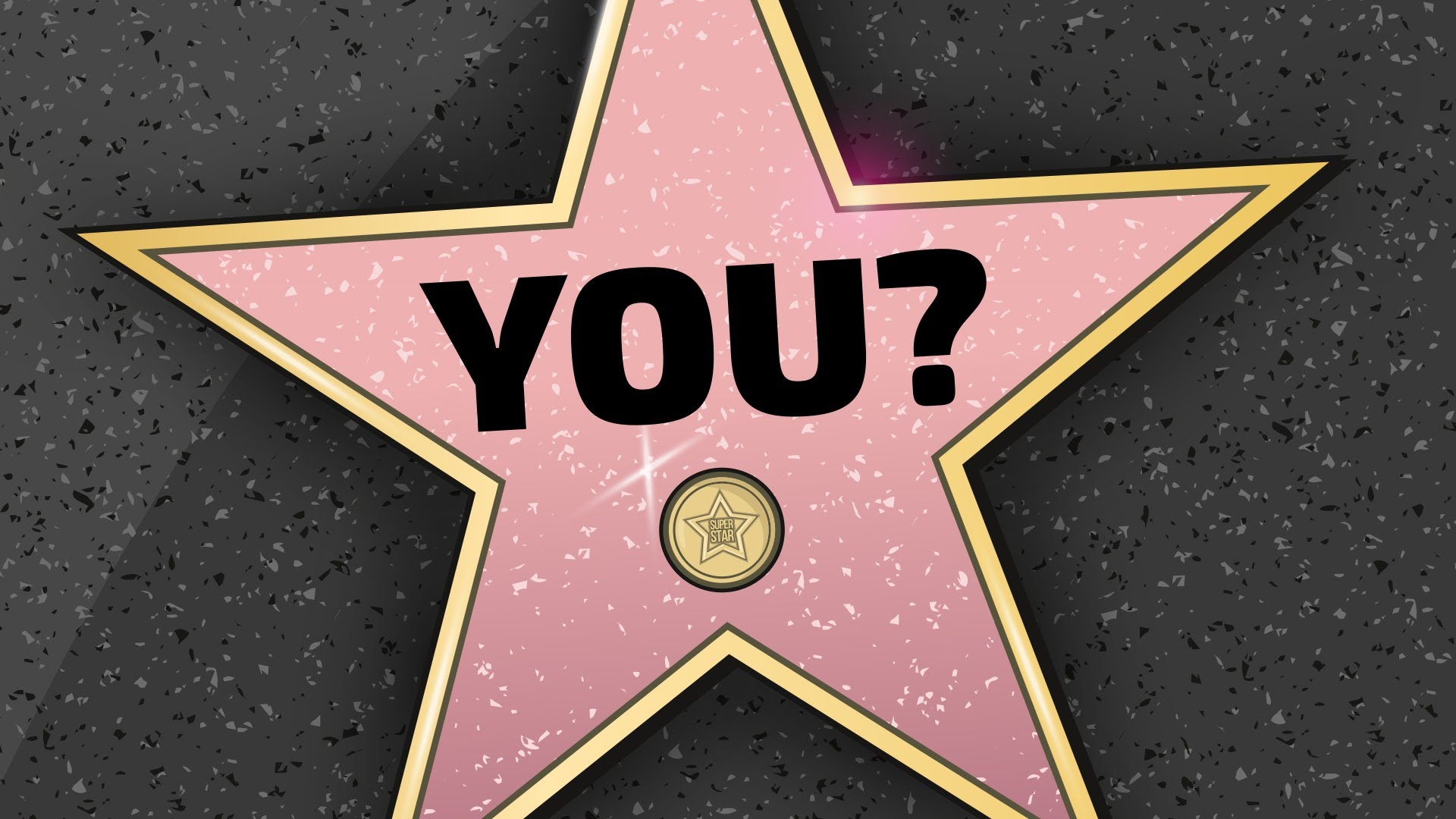
What are famous and distinctive?
Explanation: The Federal Trademark Dilution Revision Act of 2006 makes it clear that marks need to be both famous and distinctive (through inherent or acquired distinctiveness). While the element of fame has been required since the original Federal Trademark Dilution Act of 1996, this subsequent revision added the distinctiveness requirement. This reflected the concern that common, albeit famous marks, like “American” or “National” could exclude all new entrants. Although, it is important to ask whether these “common” marks are truly kept out of the scheme, as they may still be distinctive as applied to their products.
Vicarious infringement is based on the principles of this doctrine.
What is respondeat superior?
Explanation: Vicarious infringement focuses more on the relationship between the two parties, similar to an employer and employee in tort-respondeat superior cases. Meanwhile, contributory infringement is more concerned about knowledge and contribution. Most secondary liability cases in trademark law fall under contributory infringement.
Secondary liability in trademark law is often analogized to that in copyright law. For vicarious infringement in copyright, courts typically distinguish landlord-tenant cases from this other type of case.
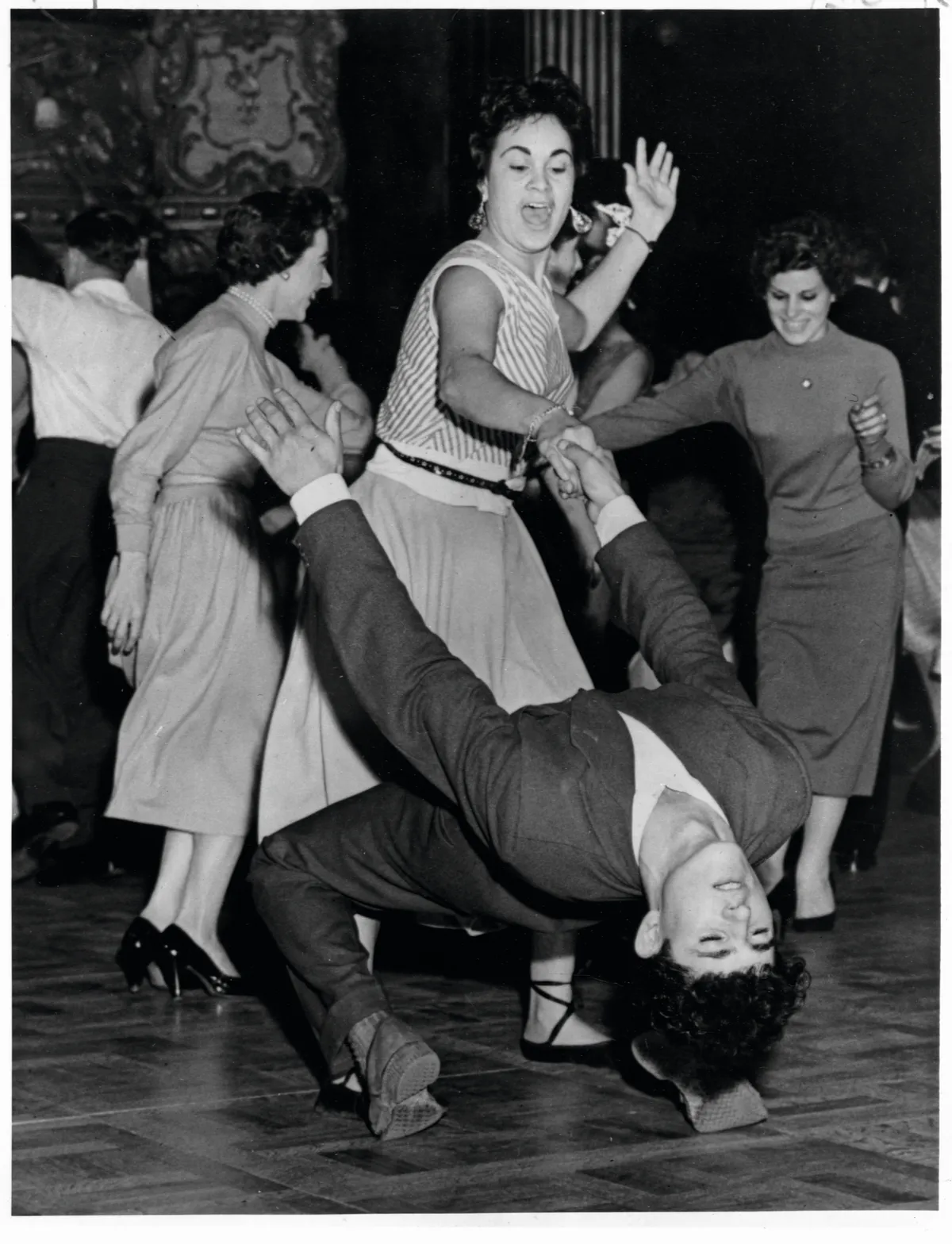
What are dance hall cases?
Explanation: In dance hall cases, courts found the owner of the dance hall vicariously liable because they retained the right and ability to supervise the infringing activity, and they have a direct financial interest in such activities. Meanwhile, in a typical landlord-tenant situation, the landlord typically has less ability to supervise, and they do not have a direct financial interest in the infringing activity.
In trademark law, a defendant is vicariously liable if the defendant and the infringer have an apparent or actual partnership, have authority to bind one another in transactions with third parties or exercise joint ownership or control over the infringing product. See Hard Rock Cafe v. Concession Servs.
An online sports betting platform was recently held to not be liable for a violation of the right of publicity for use of players names under this stated exception in Indiana Right of Publicity law.
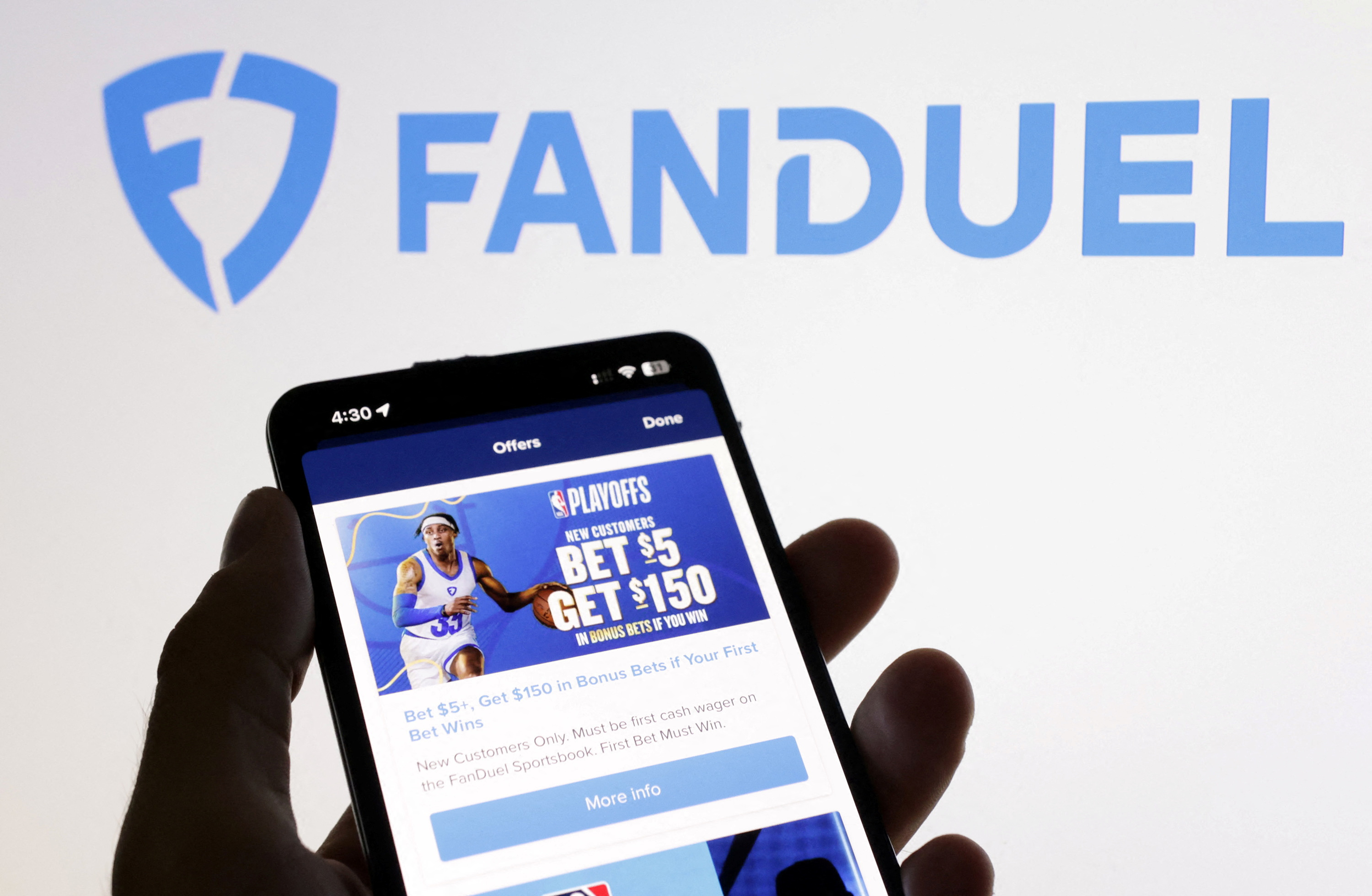
What is the newsworthy exception?
Explanation: In Daniels v FanDuel, the Indiana Supreme Court held that an online sports betting platform’s use of players names, pictures, and stats were not actionable under the right of publicity because they were analogous to box score reporting in a newspaper and thus counted as newsworthy uses explicitly excluded from the right of publicity statute in Indiana. The court drew a distinction between acceptable uses under this exception where the celebrity was referenced by name or stats and unacceptable uses under the Right of Publicity where a celebrity was evoked in was that appeared to be endorsements.
In this case, a coffee brand used a play on words to evoke an association with a famous chain.

What is Starbucks Corp. v. Wolfe’s Borough Coffee?
Explanation: In this case, Black Bear, a small coffee company in New England began selling a blend called “Mister Charbucks” to draw on the perception that Starbucks roasted its beans too heavily. The court considered the likelihood of dilution factors, and found that Starbucks had not carried its burden of proof. The 2nd Circuit upheld the district court’s finding that the marks were minimally similar, based on the overall packaging of the products. It also found Starbucks’ survey to be weak as it was administered by telephone and did not present the marks as they would be encountered in commerce. While the intent to create an association did favor Starbucks, this was not enough to overcome the weakness of the other factors.
A manufacturer is secondarily liable under a contributory infringement theory if they intentionally induced infringement, or if they meet this other requirement.
It continued to supply its product to one it knows or has reason to know is engaging in trademark infringement.
Explanation: The Inwood Rule states that a manufacturer is secondarily liable for a primary infringement if: (1) they intentionally induced the infringement; or (2) they continued to supply its product to one it knows or has reason to know is engaging in trademark infringement.
In the context of the Inwood case, (1) would be satisfied if the defendant encouraged doctors to replace the plaintiff’s name brand drug with their generic drug in order to save costs. (2) would be satisfied if the defendant knew or had reason to know a doctor routinely switches out name brand drugs for generic drugs to save costs, and the defendant supplies their generic drugs to them anyways.
Use of this phrasing by SCOTUS in Vidal v Elster is an instant fail on Professor McKenna’s Trademark Final.
![]()
What is “restrictions on trademarking names have a long history”?
Explanation: Trademark is not a verb! It is improper to use the term “trademarking” or “trademarked” because trademark rights are only created by use or registration!